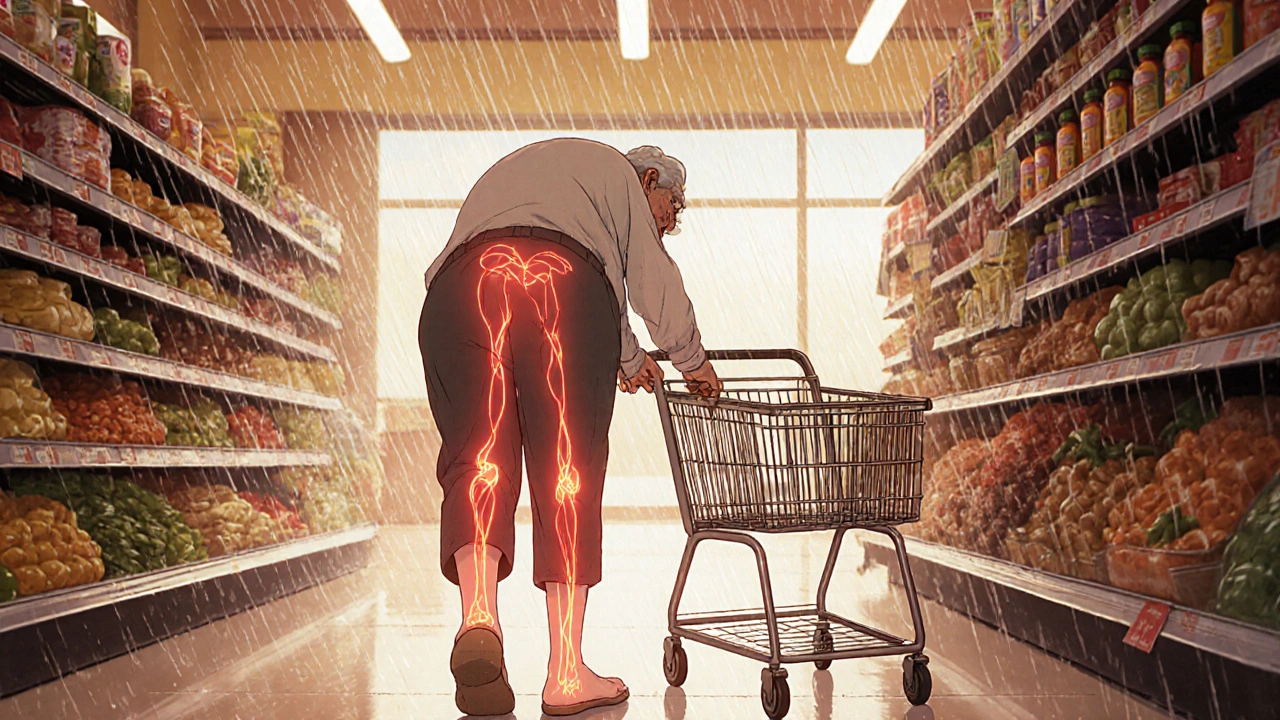Spinal Stenosis: Causes, Treatments, and Pain Management Options
When the space around your spinal cord shrinks, it squeezes the nerves that run through it—that’s spinal stenosis, a condition where the spinal canal narrows and puts pressure on the spinal cord or nerve roots. It’s most common in people over 50, but it can start earlier if you’ve had back injuries, arthritis, or a herniated disc. Also known as narrowed spine, it doesn’t always cause symptoms, but when it does, you’ll feel pain, tingling, or weakness in your back, legs, or arms—sometimes so bad that walking becomes a struggle.
Spinal stenosis often happens because of osteoarthritis, a wear-and-tear joint disease that causes bone spurs and thickened ligaments to crowd the spinal canal. Other causes include herniated discs, spinal injuries, or even congenital narrowing. The pain isn’t random—it follows nerve pathways. If your lower spine is affected, you might feel it in your buttocks or legs, especially when standing or walking. Sitting down or bending forward often helps, because it opens up the space around the nerves. This is why people with spinal stenosis lean on shopping carts—it’s not laziness, it’s physics.
Most people don’t need surgery. The first line of defense is managing symptoms with NSAIDs, non-opioid pain relievers like ibuprofen or naproxen that reduce inflammation and ease discomfort. But these aren’t safe for everyone—long-term use can hurt your stomach, kidneys, or heart. That’s why many turn to physical therapy, weight management, or epidural steroid injections. For those who can’t tolerate opioids, newer non-addictive options like Journavx are being used more often. And if pain becomes unbearable or you lose control of your bladder or legs, that’s when surgery becomes necessary to relieve pressure on the nerves.
What you won’t find in most doctor’s offices is a clear roadmap for long-term relief. Many patients cycle through pain meds, physical therapy, and injections without ever getting to the root of why their spine is compressing nerves in the first place. The real challenge isn’t just treating the pain—it’s preventing it from coming back. That means understanding how your daily habits, posture, and even your weight play a role. The posts below give you real-world insights: how to choose between NSAIDs and other pain meds, what alternatives exist when opioids aren’t an option, how digital tools help track treatment progress, and why some people find relief through simple changes they never thought mattered.
Spinal Stenosis and Neurogenic Claudication: How to Recognize Symptoms and Choose the Right Treatment
Neurogenic claudication causes leg pain when walking due to spinal stenosis. Learn how to spot the shopping cart sign, differentiate it from vascular issues, and choose effective treatments - from exercise to surgery.
© 2025. All rights reserved.

